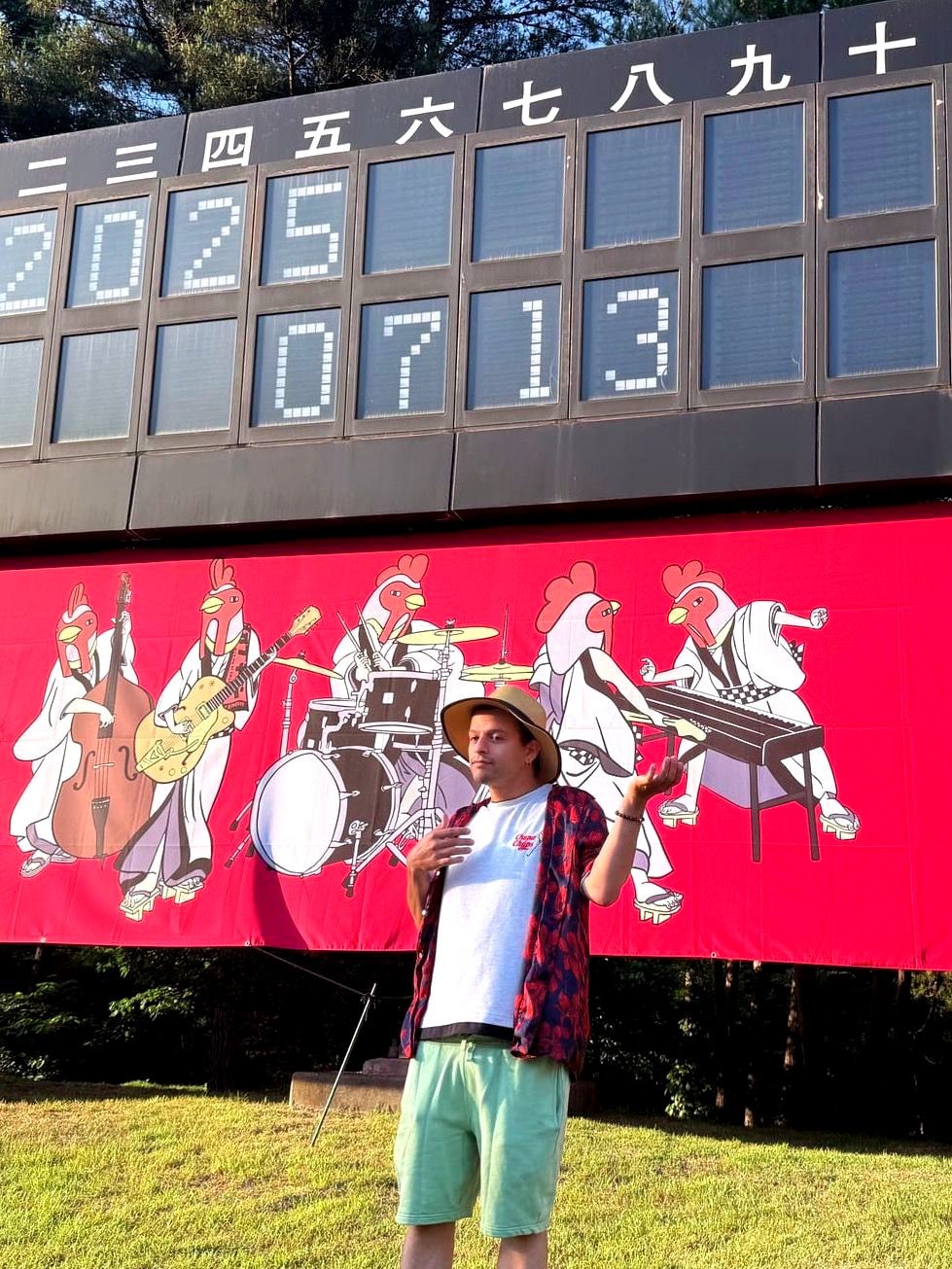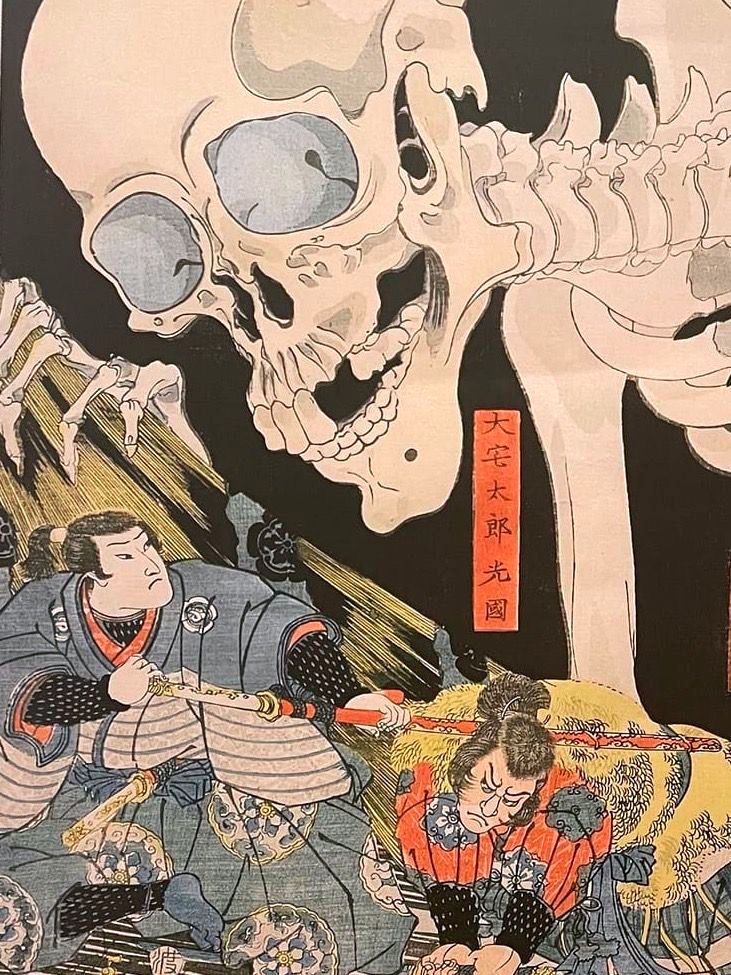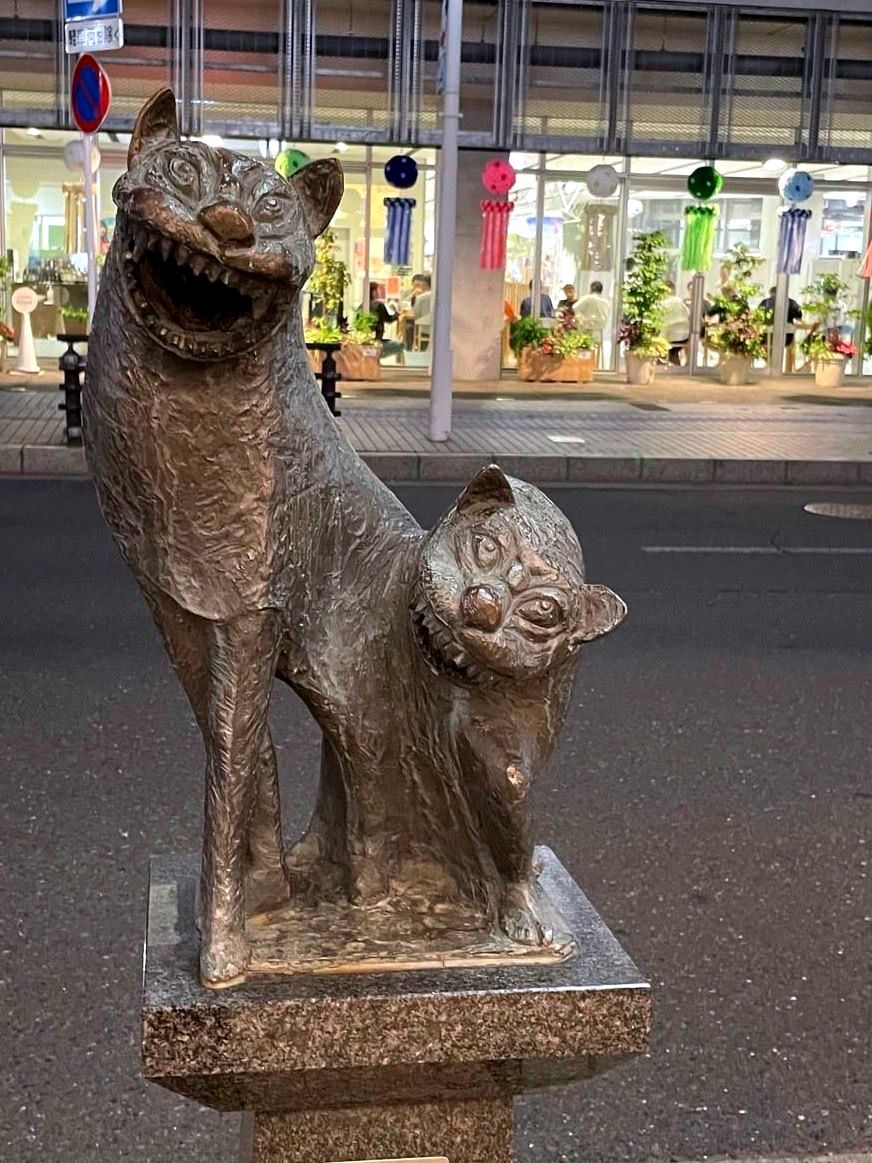From "1戸" (Ichinohe) to "9戸" (Kunohe): The Mystery of the "戸" Nohe Towns, and a Secret "Zero-nohe"!
Have you ever noticed that in northern Japan (especially in Iwate and Aomori) there are many towns with names ending in "nohe"? Names like Ichinohe, Ninohe, Hachinohe… all the way up to Kunohe.
For those learning Japanese, the kanji for numbers are essential:
- 一 (ichi) = 1
- 二 (ni) = 2
- 三 (san) = 3
- 四 (shi/yon) = 4 (But we don't talk about Bruno lol)
- 五 (go) = 5
- 六 (roku) = 6
- 七 (shichi/nana) = 7
- 八 (hachi) = 8
- 九 (kyuu/ku) = 9

If you check a map, you’ll find these "nohe" towns scattered across northern Iwate and southern Aomori. Historically, this whole area belonged to the powerful Nanbu clan, and the "nohe" towns are a living legacy of that shared past.
What’s fascinating is that the names go from Ichinohe (1-nohe) all the way up to Kunohe (9-nohe), literally following the numbers in order, almost like a secret code spread across the map!
But… what does 戸"nohe" even mean?
The "戸" character is also found in 江戸 (Edo), the old name for Tokyo. But, in this case, "nohe" was a word used to refer to branch fortresses or small settlements for samurais.
Back in the time, the "Nanbu clan" chopped up their territory and set up these "nohe" spots as bases part fort to keep track of them (and probably to flex their power), they started numbering each "nohe" even including a castle which nowadays .... and it's a real legacy map quest that’s still waiting for curious travelers to explore!
Kind of in a "full circle" theory, the number 1 (where I live) is next to the number 9, but what's in the middle of the 1 and the 9?

The super mountainous road and the "Zero-nohe"
The last Sunday I went to Kunohe to the Chicken Sonic festival. This town is very well know for their chicken and they’ve gone all-out with their branding. The town even has its own chicken mascot called キングオブチキン (King of Chicken), who formed a funky local band called ザ・トリフターズ (The Trifters) together with young business association members. Their songs are all about chicken love, local pride, and just having fun, pretty creative, right?

Naturally, I decided to take the road that connects all these "nohe" towns. It’s a long, winding route that cuts through deep, wild mountains, the real "backbone" of Tohoku. Driving along feels like you’re on a secret quest, weaving through endless tunnels and crazy curves.
One of these tunnels is so long and perfectly straight that it felt like a scene straight out of Dandadan, the one with turbo-baba lol. On my way back, there was even a car waiting nervously before the tunnel entrance. Maybe the driver was too scared to go alone, so once I went in, they quickly followed behind me. It felt like I was leading a mini horror-movie convoy through the darkness. If there ever was a place called "Zero-nohe," I think it would definitely be hiding inside that tunnel, deep in the shadows, waiting to jump out and surprise you!

The biggest "Nohe": Hachinohe
Among all these "nohe" towns, the biggest and most famous is Hachinohe (8-nohe). It’s a lively coastal city in Aomori Prefecture, known for its energetic morning markets, super fresh seafood, and unique local culture. I’ll definitely write more about Hachinohe in future blog posts and vlogs. And if you haven’t yet, check out my YouTube channel. I make videos in Japanese, English, and Spanish, always with subtitles so no one is left behind!

Conclusion
Each "nohe" has its own charm, from relaxing hot springs, tasty local food, peaceful rice fields, to traditional festivals, everyone with super warm-hearted people. Traveling from Ichinohe to Kunohe feels like solving a hidden numerical puzzle on the map, filled with unexpected discoveries and epic scenery.
If you love adventure, local history, or just quirky place names, this route definitely deserves a spot on your Japan bucket list.